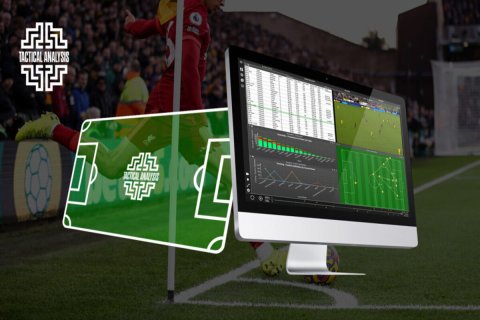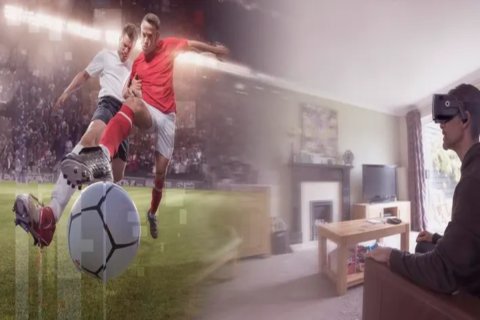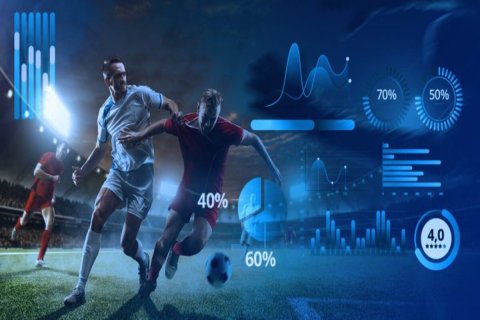Step into the future of soccer, where performance is enhanced not only by what happens on the field but also by what’s experienced through a headset.
The Rise of Technology in Modern Soccer
In recent years, technology has revolutionized how soccer is played, analyzed, and taught. From wearable GPS trackers to data analytics platforms, every facet of the game is now subject to scientific scrutiny and enhancement. But perhaps no innovation has generated as much excitement and potential as Virtual Reality (VR). What was once reserved for gamers and tech enthusiasts has now found its way into elite soccer academies and professional clubs around the world. VR training tools are becoming a game-changer, offering a unique and immersive way to improve player performance, decision-making, and tactical awareness.
A New Dimension of Training
Virtual Reality is redefining how players prepare for matches. Unlike traditional methods that rely heavily on physical drills and video analysis, VR offers a fully immersive experience, placing players in lifelike match situations without the wear and tear on the body. With a VR headset, an athlete can be transported to a packed stadium, simulating real-game scenarios like receiving a pass under pressure, defending against a counterattack, or finding space in a congested midfield.
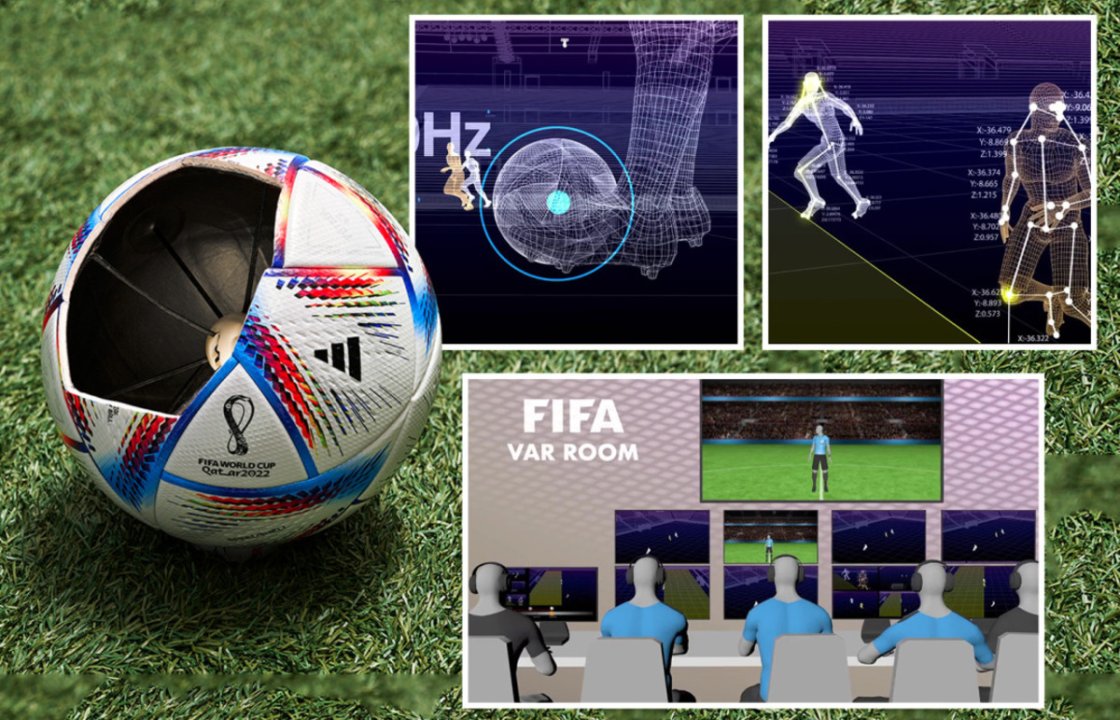
These simulations are customizable and repeatable, allowing players to train for specific situations as many times as needed. The ability to pause, rewind, or slow down a play gives athletes a deeper understanding of positional awareness, reaction timing, and tactical options. In a sport where split-second decisions often determine the outcome, this kind of cognitive training can make all the difference.
Enhancing Game Intelligence and Decision-Making
Soccer isn’t just a physical game—it’s a mental one. The greatest players in history, from Xavi Hernández to Andrés Iniesta, are known not just for their technical skills but for their exceptional vision and intelligence on the pitch. Virtual Reality training allows coaches to isolate and develop these very qualities.
In VR environments, players can review their performances from multiple angles, understand why certain choices were more effective than others, and develop situational instincts. This kind of brain training helps build the mental frameworks necessary to anticipate opponents’ movements, identify spaces, and execute precise actions in pressure-filled moments.
Moreover, VR tools can simulate playing styles of different teams, helping players adapt to various tactical setups. A midfielder might train against a high press one day and a deep defensive block the next—all without stepping onto the field. This level of tactical preparation was unthinkable just a decade ago.
Injury Prevention and Physical Load Management
One of the hidden advantages of incorporating Virtual Reality in soccer is its role in injury prevention. Traditional training routines often put a heavy strain on the body, especially when repeated excessively. VR offers a low-impact alternative to repetitive drills, reducing the risk of overuse injuries while still sharpening skills.
Players recovering from injury can also benefit from VR by staying mentally engaged and practicing game scenarios while still physically sidelined. This ensures that once they return to full training, they are not only fit but also tactically prepared. Mental sharpness often deteriorates during long recovery periods, but with VR, players maintain their edge.
Goalkeeping Enters the Virtual Era
Among the biggest beneficiaries of Virtual Reality in soccer are goalkeepers. Their role is uniquely dependent on reflexes, anticipation, and spatial awareness. VR platforms like Rezzil and Sense Arena allow keepers to train for various shot angles, flight trajectories, and player movements in a virtual space.
These tools help goalkeepers improve their reaction times, study the body language of penalty takers, and simulate corner kicks or free kicks in ways that are impossible to replicate with precision on the training ground. The result is a keeper who is not only more confident but also better prepared for real match dynamics.
Virtual Reality as a Coaching Tool
Coaches and analysts are also leveraging VR as a powerful instructional resource. Instead of static diagrams or whiteboard illustrations, they can now walk players through 3D match replays, showcasing both correct movements and tactical mistakes in an interactive environment. Players are more likely to retain tactical lessons when they can see and feel them from a first-person perspective.
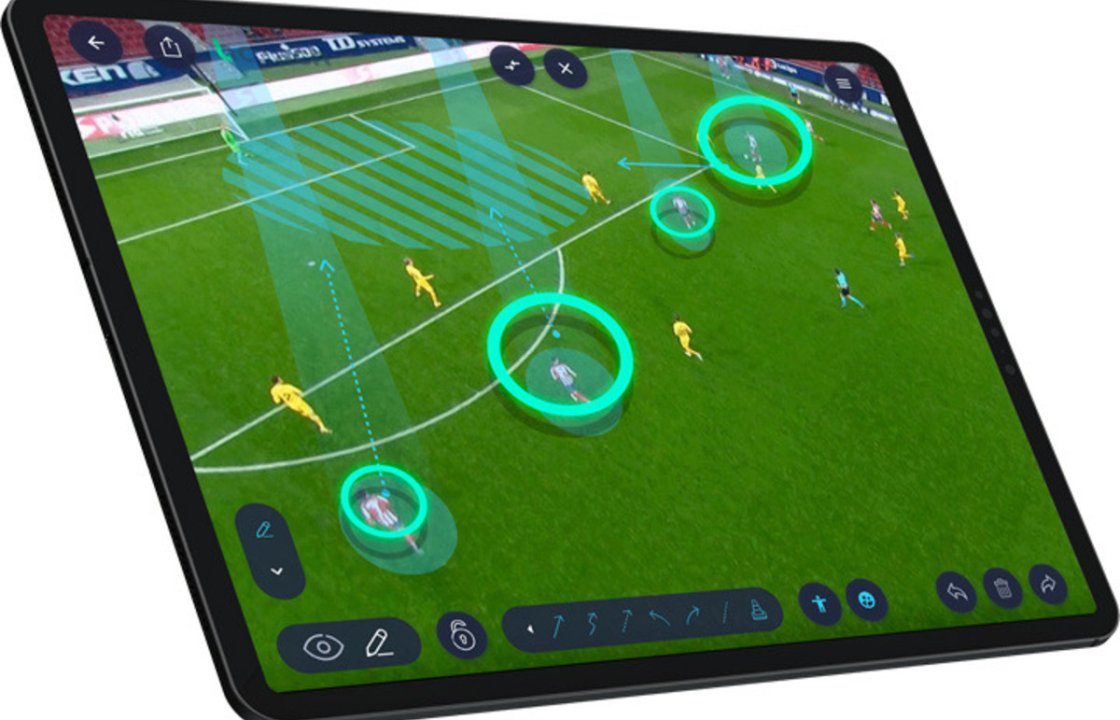
Some platforms even allow for live feedback during VR sessions. This enables coaches to pause a simulation, offer corrections, and then let the player re-execute the scenario with those adjustments in mind. Such immediate feedback loops are a hallmark of elite development systems and are now accessible to clubs at all levels through VR.
Challenges and the Road Ahead
While the potential of Virtual Reality in soccer training is undeniable, it's important to acknowledge the challenges as well. Cost remains a significant barrier for smaller clubs and academies, as VR systems and software subscriptions can be expensive. Moreover, not every player is immediately comfortable using VR technology; there can be an adjustment period before they begin to feel natural in the digital environment.
However, as the technology becomes more affordable and user-friendly, these hurdles are likely to diminish. The trend is clear: VR is not a passing fad but a fundamental shift in how the game is taught and experienced.
Virtual Reality and the Future of SIA Academy
At SIA Academy, we pride ourselves on staying ahead of the curve when it comes to player development. Our commitment to innovation, technology, and individualized growth aligns perfectly with the principles behind Virtual Reality training. While we already use video analysis, GPS tracking, and tactical simulation tools, we are exploring how VR can enhance our training methodology further.
Imagine a scenario where one of our midfielders can review their positioning during a scrimmage, step into a simulation where they face similar pressure, and rehearse different passing options—all in a single morning. Or a goalkeeper recovering from injury using VR to stay sharp by practicing shot-stopping against simulated opponents. This is not a fantasy; it is a future we are actively building toward.
By incorporating Virtual Reality into our training ecosystem, we will continue to offer our players a competitive edge—both cognitively and tactically. Soccer is evolving, and so are we. At SIA Academy, we believe that the combination of passion, purpose, and technology will produce the next generation of elite footballers. And with tools like Virtual Reality, the future is not only bright—it’s immersive.

